
Just a Teaspoon: The Miraculous Secret to Make Your Orchid Bloom Abundantly
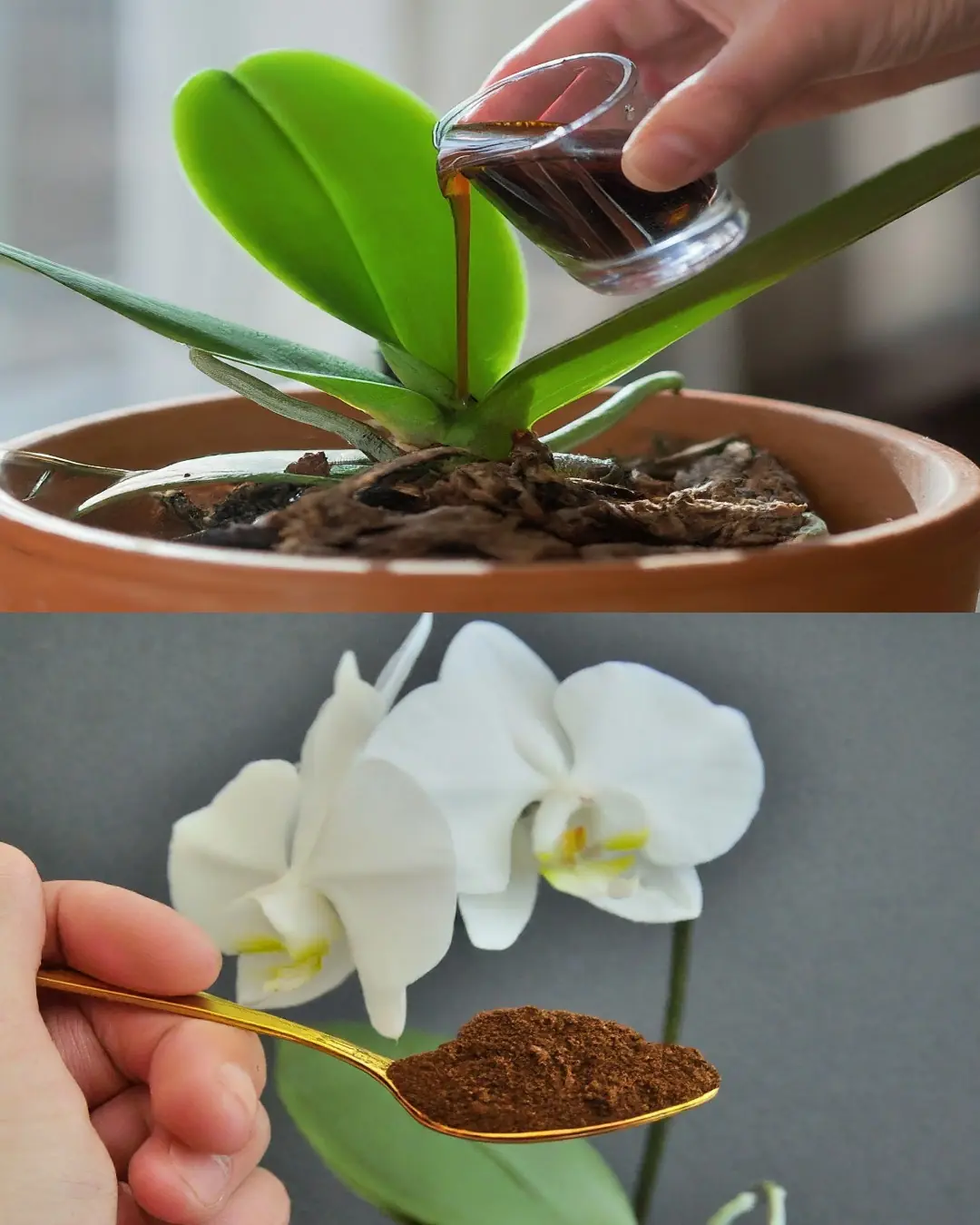
Orchids are among the most elegant and cherished flowering plants, admired for their delicate beauty and graceful blooms. However, many orchid enthusiasts struggle with getting their plants to flower regularly or produce a large number of blossoms. What if I told you that just a teaspoon of a special natural ingredient could transform your orchid and encourage a spectacular bloom? Let’s explore this simple yet miraculous secret!
Why Do Orchids Sometimes Struggle to Bloom?
Orchids require specific care to flower beautifully. While they look delicate, they are surprisingly particular about their environment and nutrients. Lack of essential nutrients, improper watering, or unsuitable light conditions can delay or reduce flowering. Even experienced growers face challenges getting their orchids to produce multiple flowers consistently.
The Power of Just a Teaspoon
Recent gardening tips and studies have highlighted that using a small amount - just a teaspoon - of a natural booster can stimulate your orchid to bloom profusely. This tiny dose can make a big difference in flower quantity and quality without overwhelming the plant.
What Is This Magical Teaspoon of Goodness?
While there are many commercial fertilizers and bloom boosters, some gardeners swear by natural ingredients such as:
-
Epsom Salt (Magnesium Sulfate): Magnesium is vital for chlorophyll production and photosynthesis. Adding just a teaspoon of Epsom salt to your orchid’s water once a month can boost nutrient absorption and encourage more vibrant blooms.
-
Diluted Molasses: Rich in minerals and sugars, a teaspoon of molasses diluted in water can provide energy to your orchid’s roots and stimulate flowering.
-
Banana Peel Tea: Soaking a teaspoon of finely chopped banana peel in water overnight and using this nutrient-rich water as a fertilizer gives your orchid potassium and phosphorus, essential for flower development.
How to Use This Simple Trick
1. Choose the Right Booster: Decide which natural ingredient suits you best - Epsom salt, molasses, or banana peel tea.
2. Measure Carefully: Use only a teaspoon to avoid nutrient overload, which can harm your orchid.
3. Dilute Appropriately: Mix the teaspoon in a liter of water (or as recommended for your chosen booster).
4. Apply Monthly: Water your orchid with this nutrient solution once every 3-4 weeks during the growing season.
5. Maintain Regular Care: Ensure proper light, humidity, and watering alongside this treatment for the best results.
What to Expect
Within a few weeks of using this natural teaspoon booster, you may notice:
-
Increased leaf vigor and healthier green foliage.
-
The formation of more flower spikes.
-
Larger and more colorful blossoms.
-
Longer blooming periods, enhancing your orchid’s beauty.
Additional Tips for Orchid Care
-
Provide Indirect Light: Orchids thrive in bright, indirect sunlight.
-
Water Wisely: Avoid overwatering; orchids prefer to dry slightly between waterings.
-
Maintain Humidity: Use a humidity tray or mist the leaves regularly.
-
Use Proper Potting Mix: Use orchid bark or moss that allows good drainage.
Conclusion
A tiny teaspoon of a natural nutrient booster can work wonders in coaxing your orchid into a magnificent bloom. This simple, cost-effective method combined with good orchid care can transform your plant, making it the centerpiece of your home or garden.
Why wait? Try this miraculous teaspoon trick today and watch your orchid burst into a stunning display of flowers like never before!
News in the same category


The husband slapped his wife in front of his friends to show off — but her act of revenge left everyone shocked and speechless
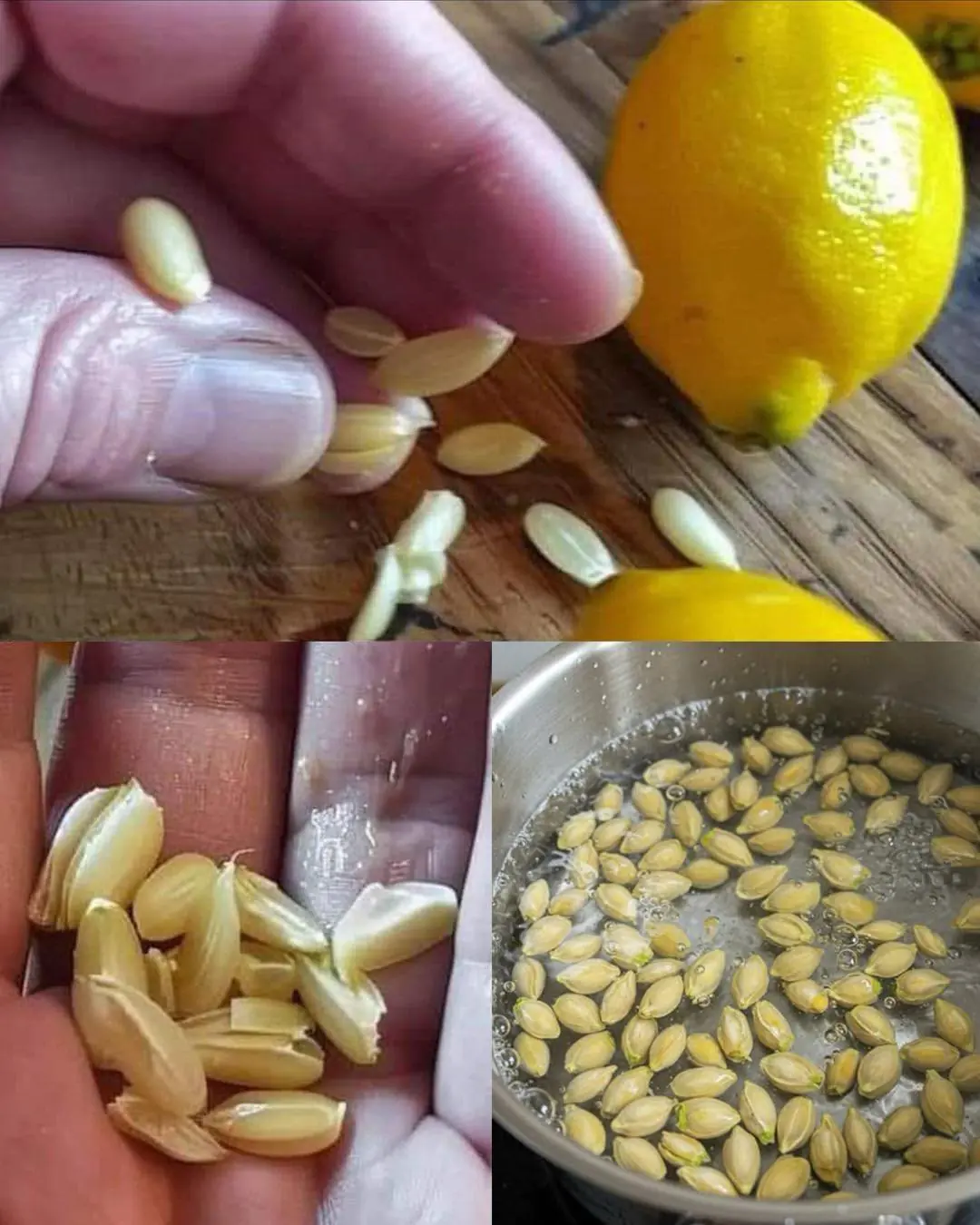
10 Clever Ways to Reuse Lemon Seeds at Home
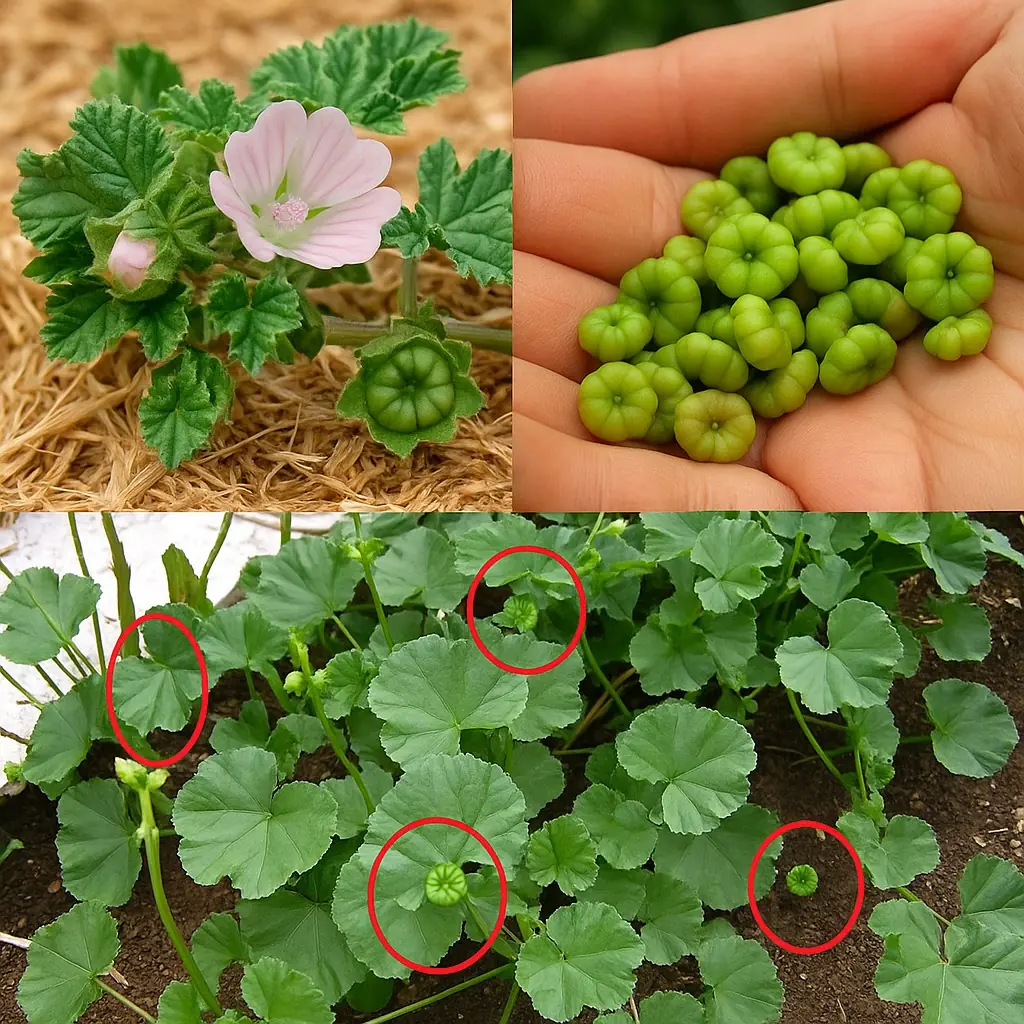
Unlocking the Secret Health Benefits of Common Mallow: Nature’s Wonder Herb for Wellness
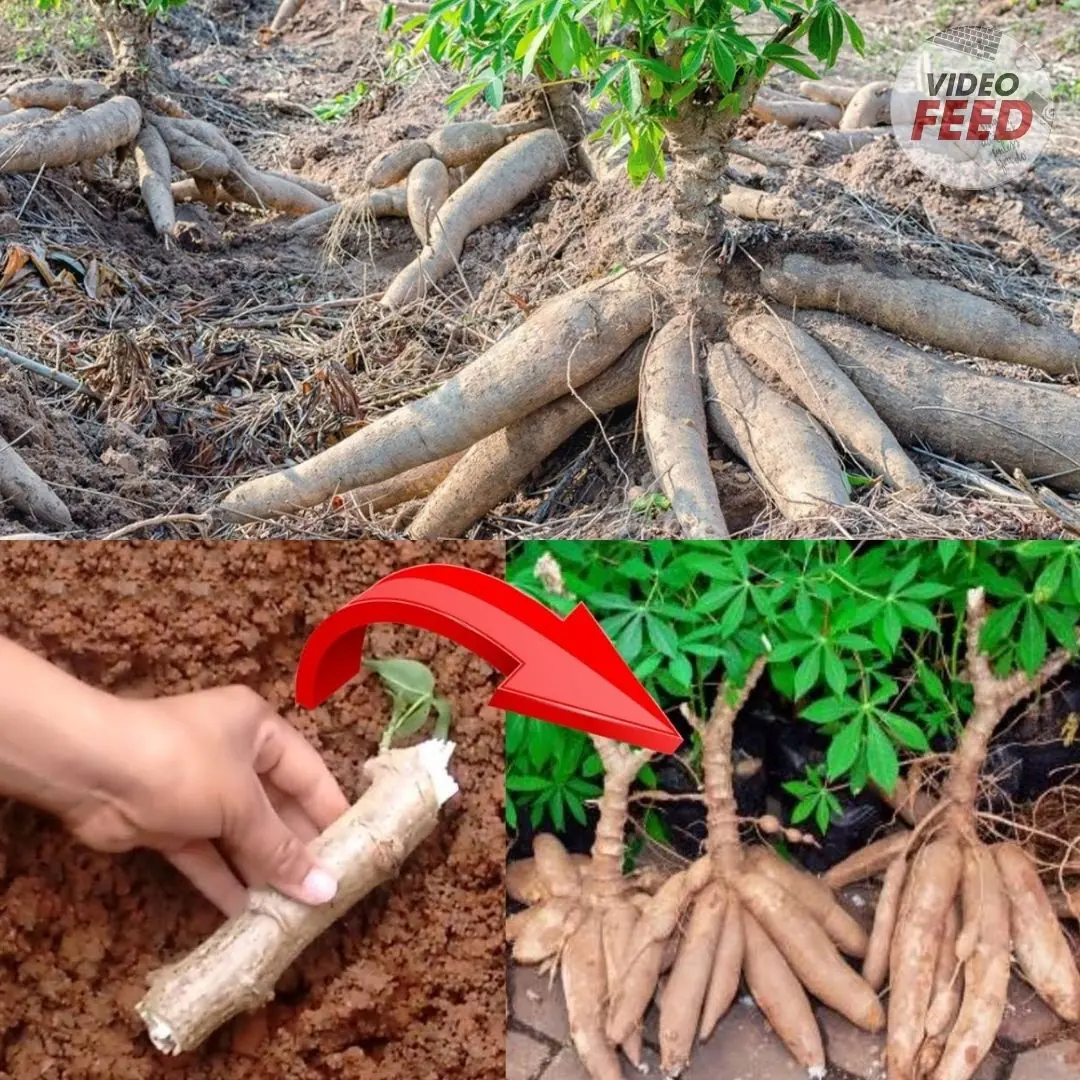
Essential Knowledge for Growing Cassava Successfully
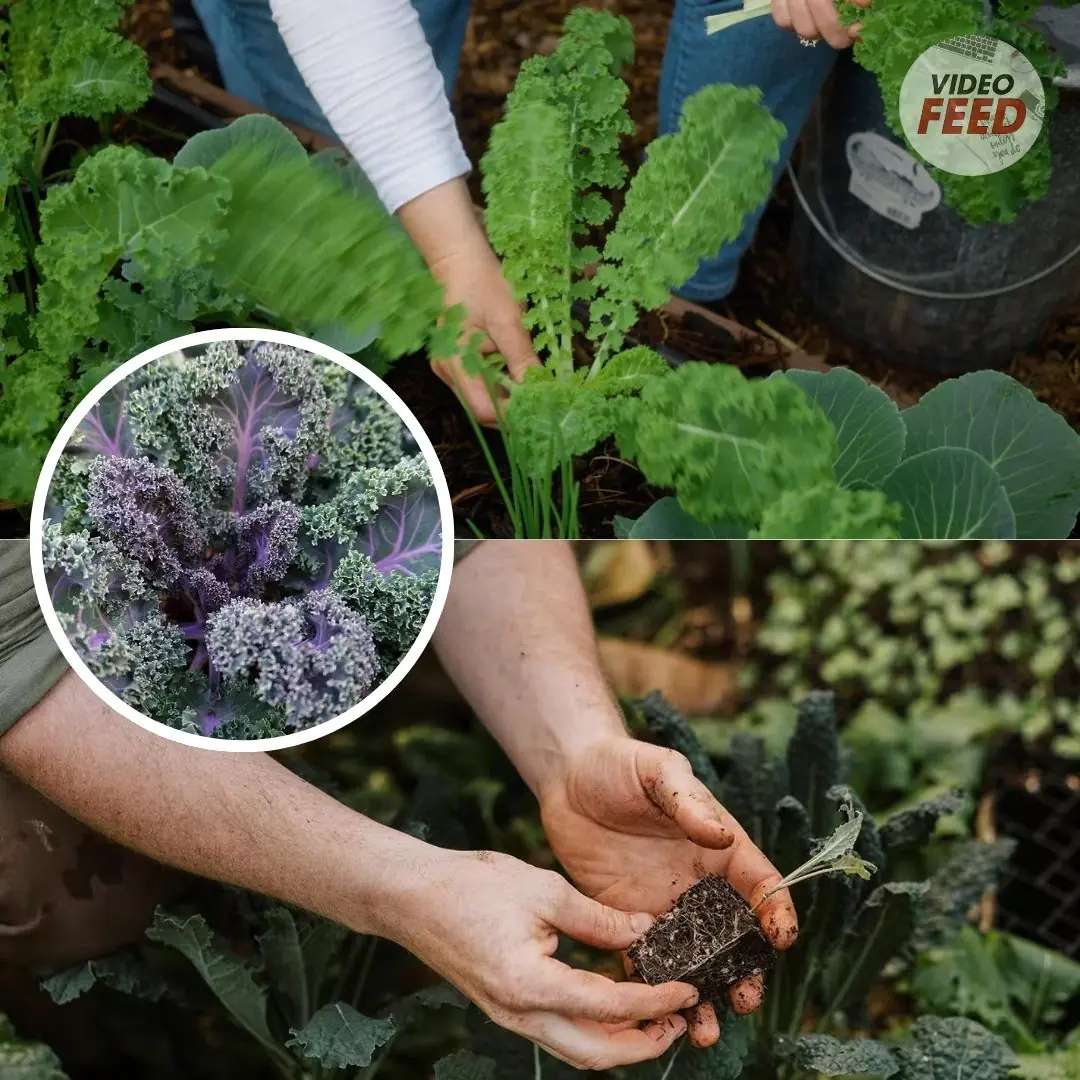
Growing Kale: Planting, Care, and Harvesting Tips
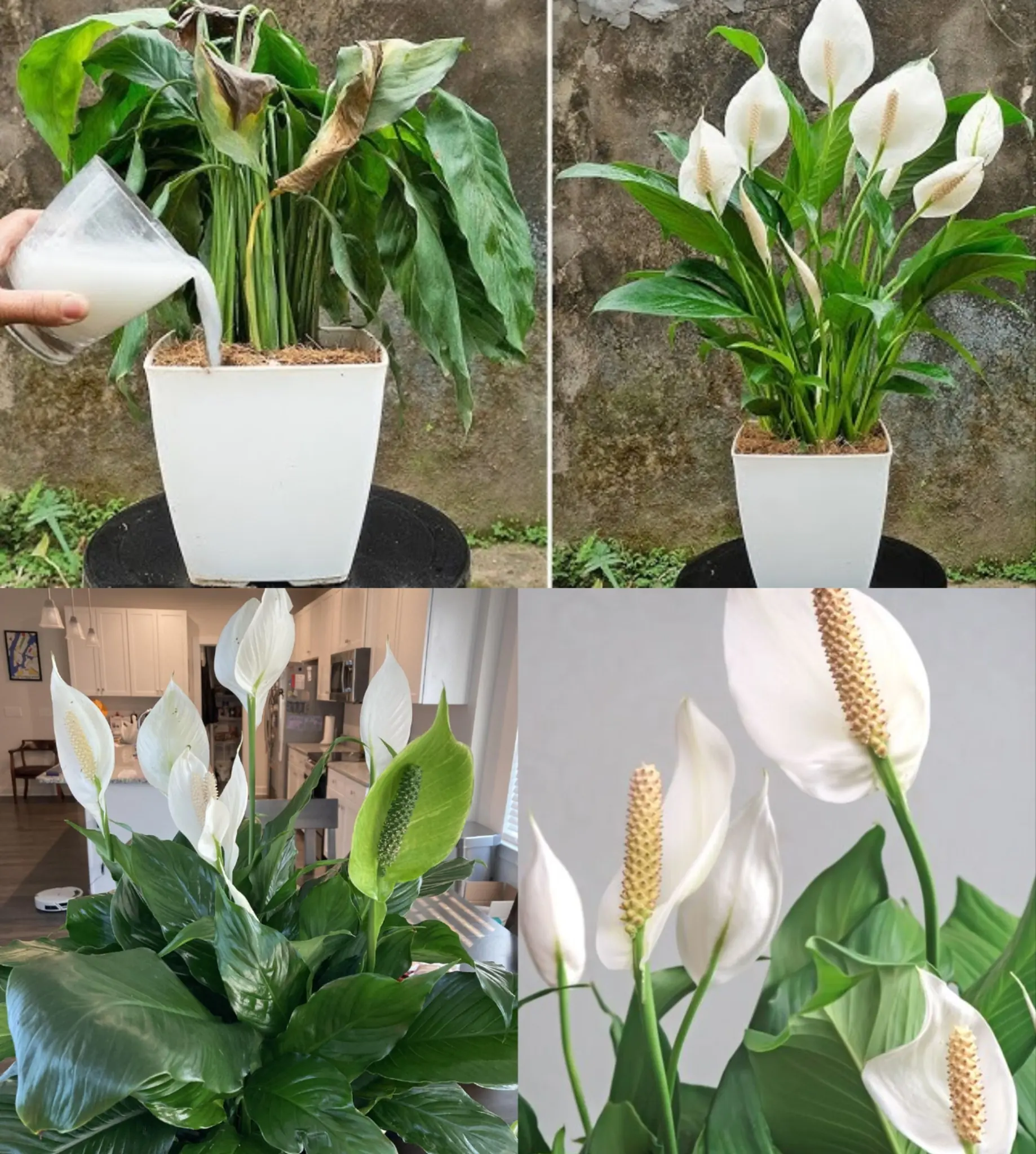
Just 1 Cup Makes Peace Lilies Bloom with So Many Flowers
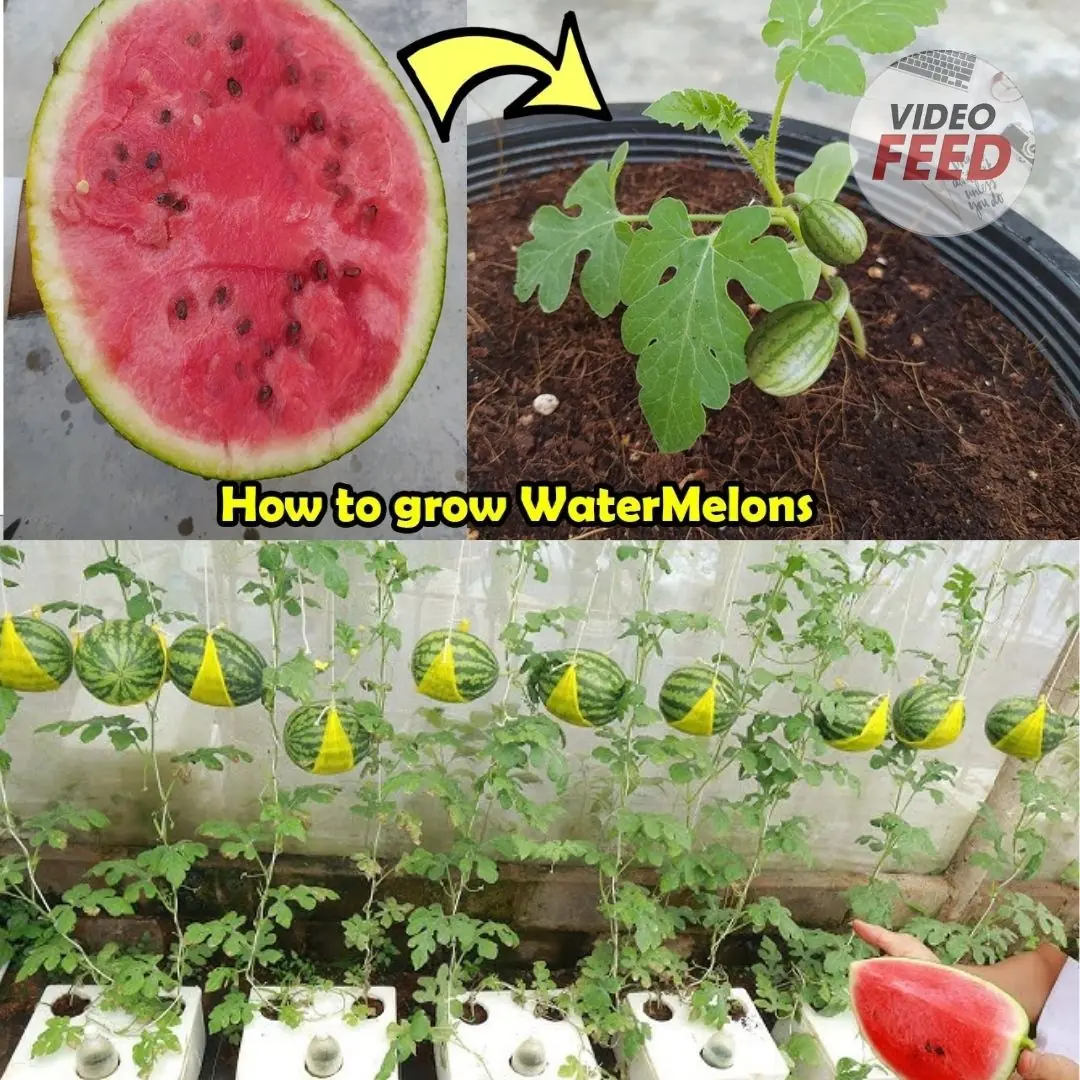
How to Grow Watermelons at Home: A Guide for Small Spaces & Balconies
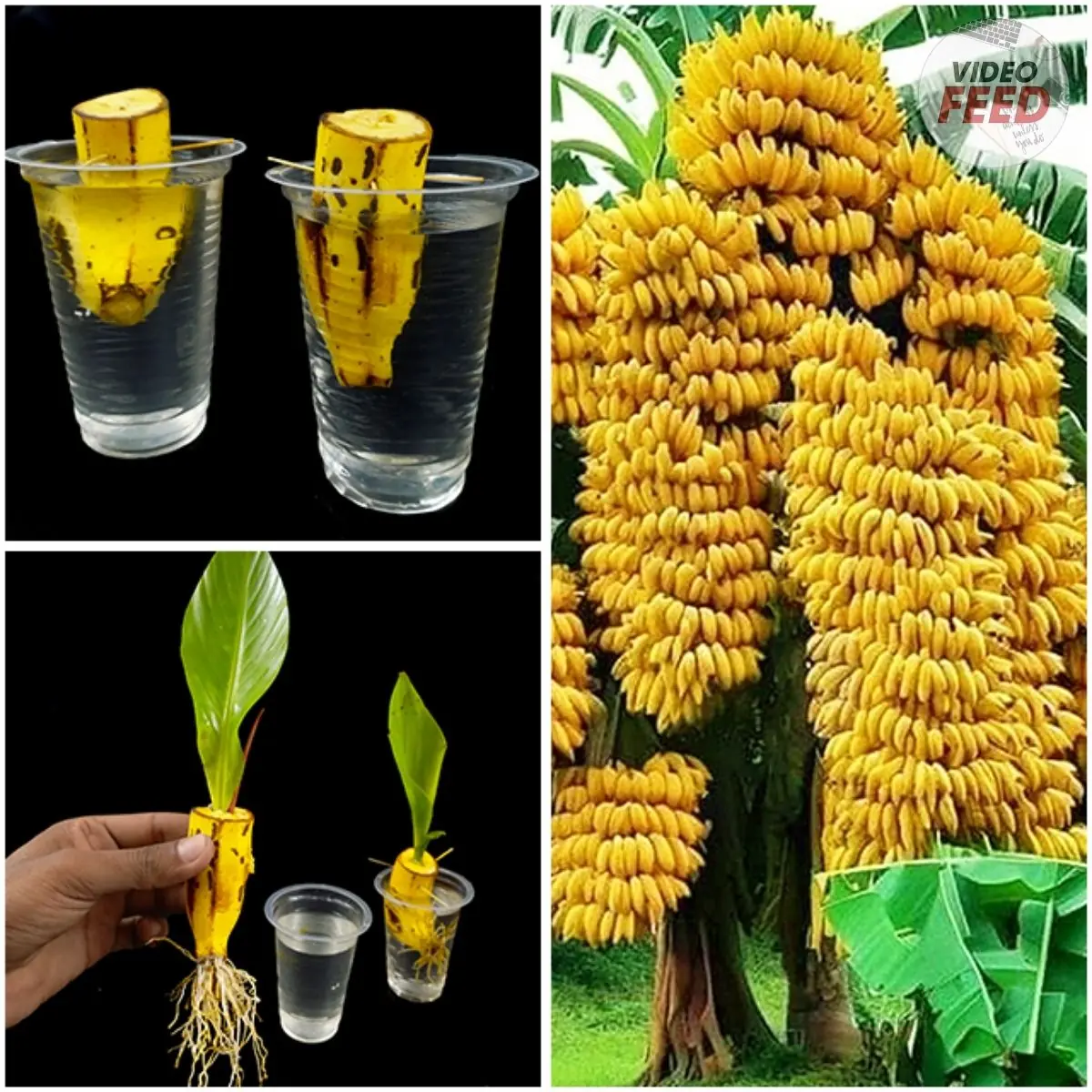
How to Grow a Banana Tree at Home and Never Buy Bananas Again

Here’s How to Grow Calamansi at Home — No Farm Needed
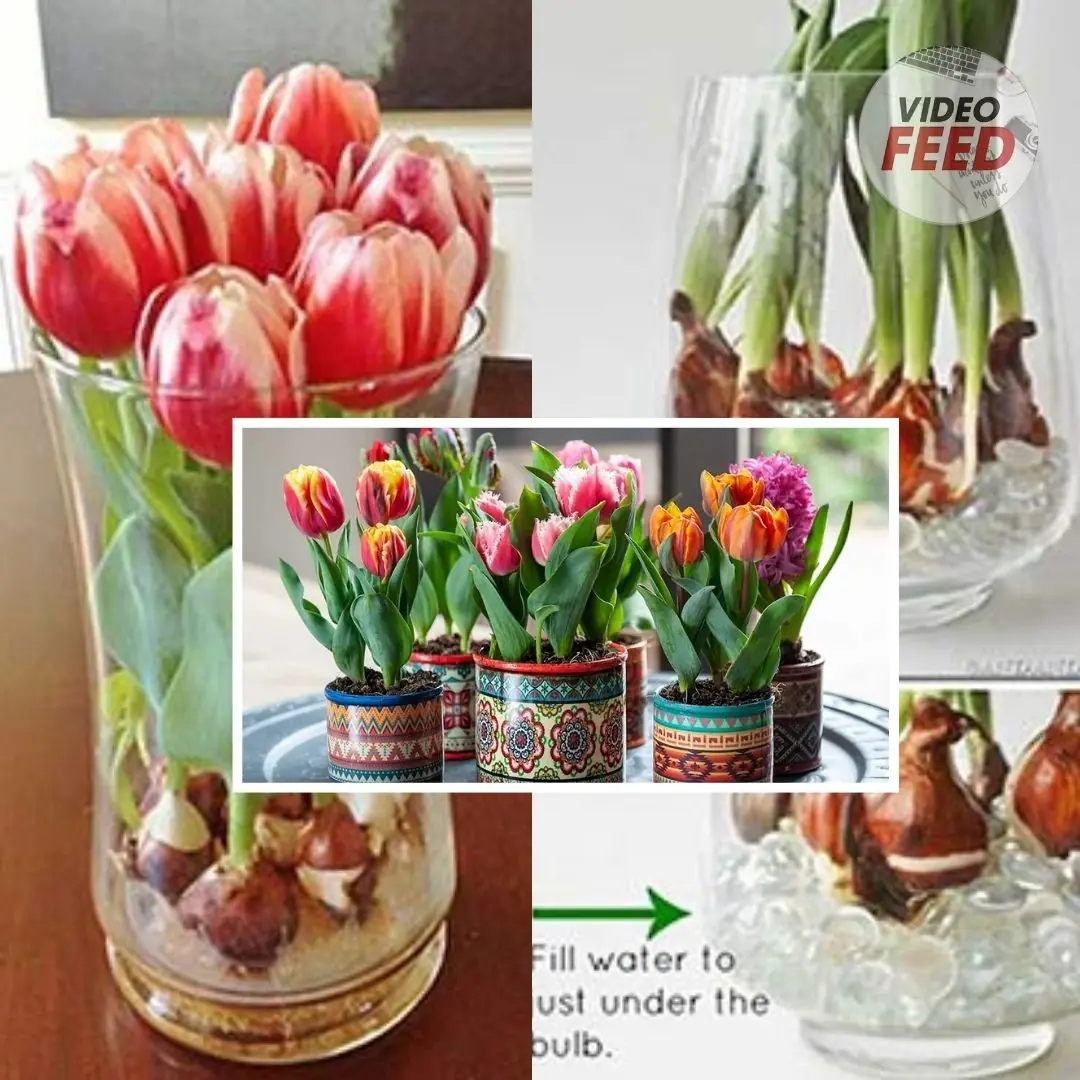
How to grow tulips indoors – a step-by-step guide to forcing these beautiful bulbs

How to Grow Habanero Peppers in Pots
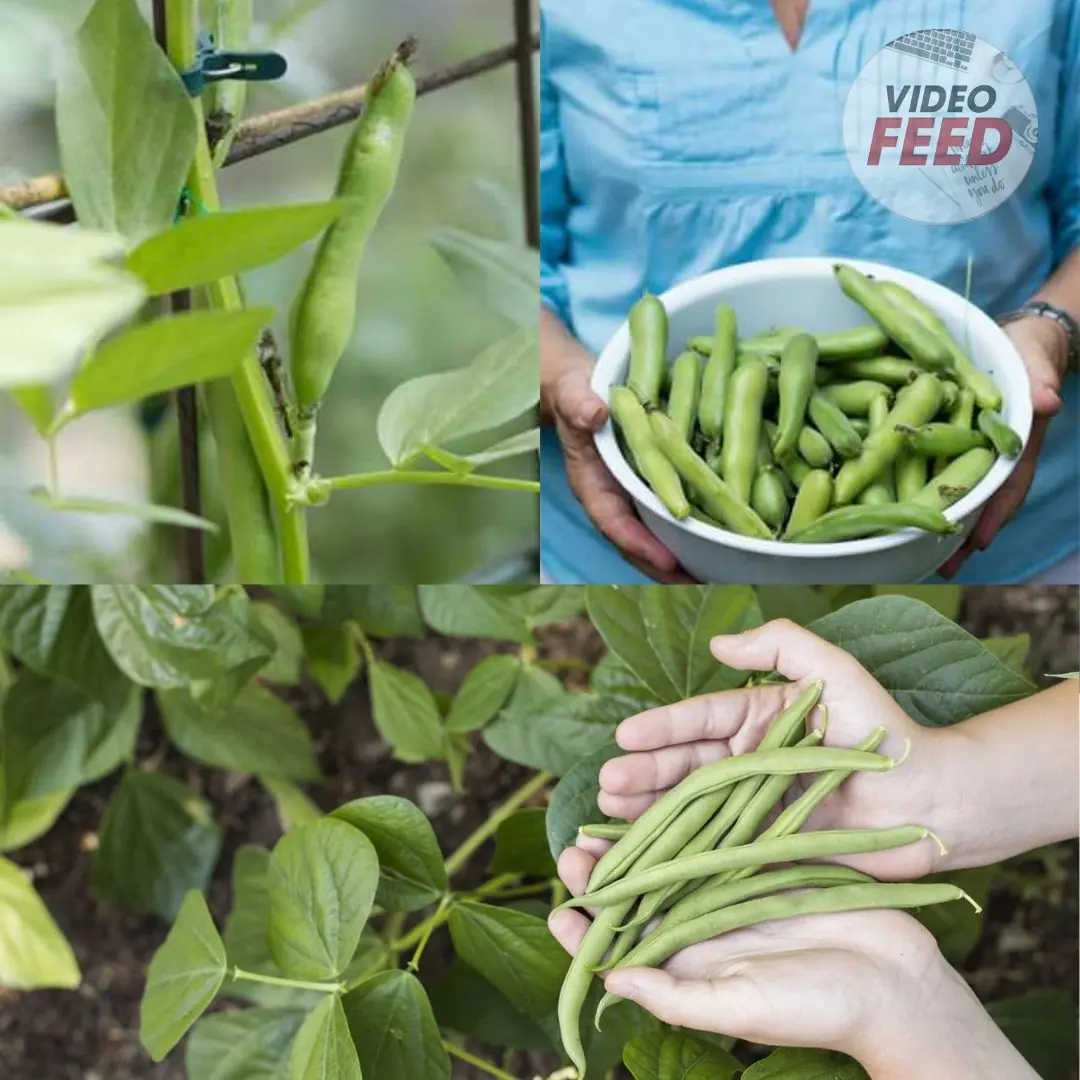
Grow These 5 Garden Beans This Summer
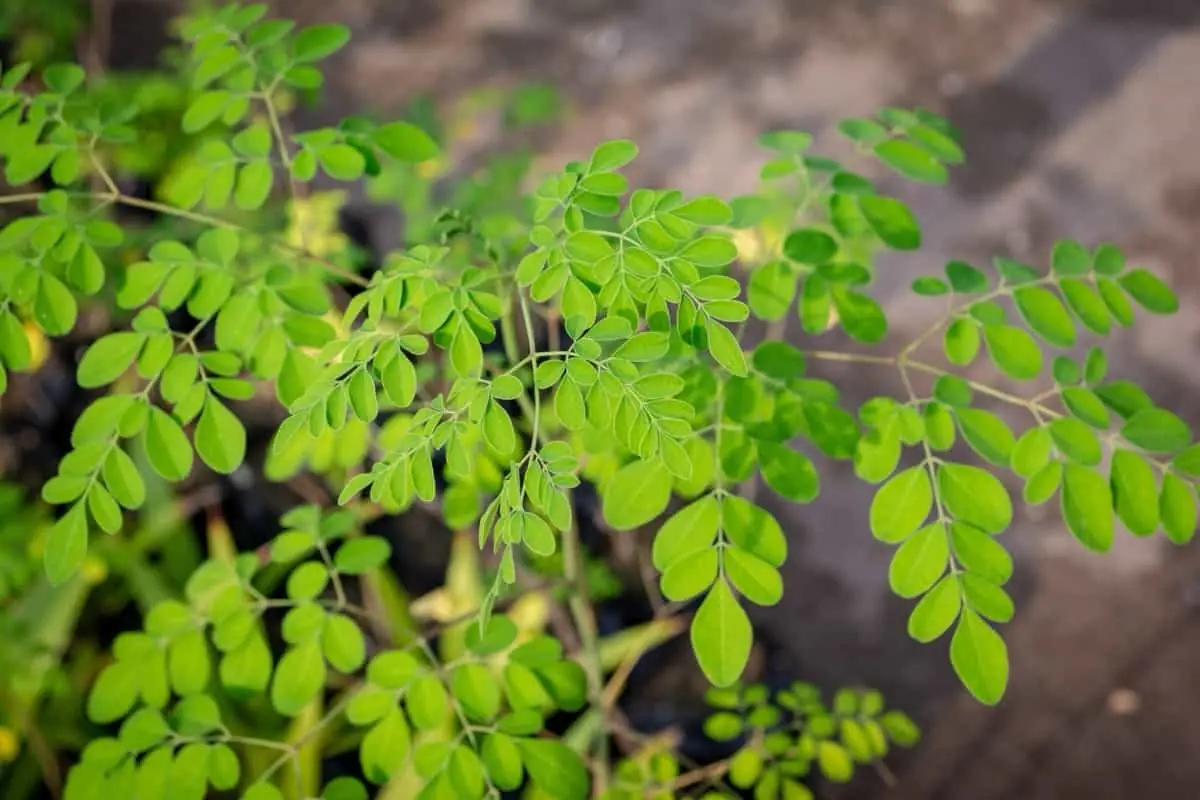
Why Asians Are Rushing to Grow This “Miracle Tree”: Heals Like Medicine, Sells Like Gold

How to Grow and Care for Dieffenbachia
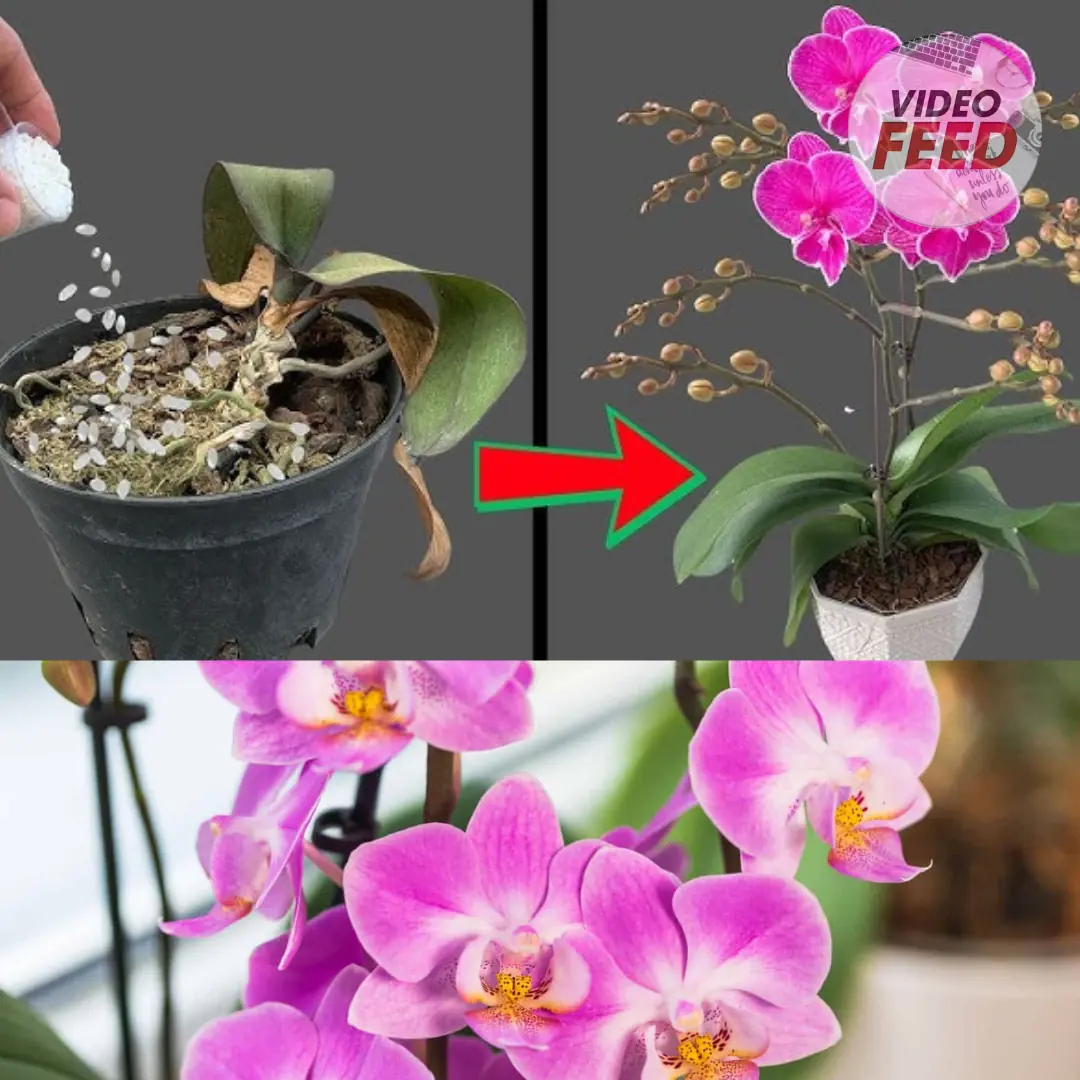
How to Grow and Care for Phalaenopsis Orchids Indoors
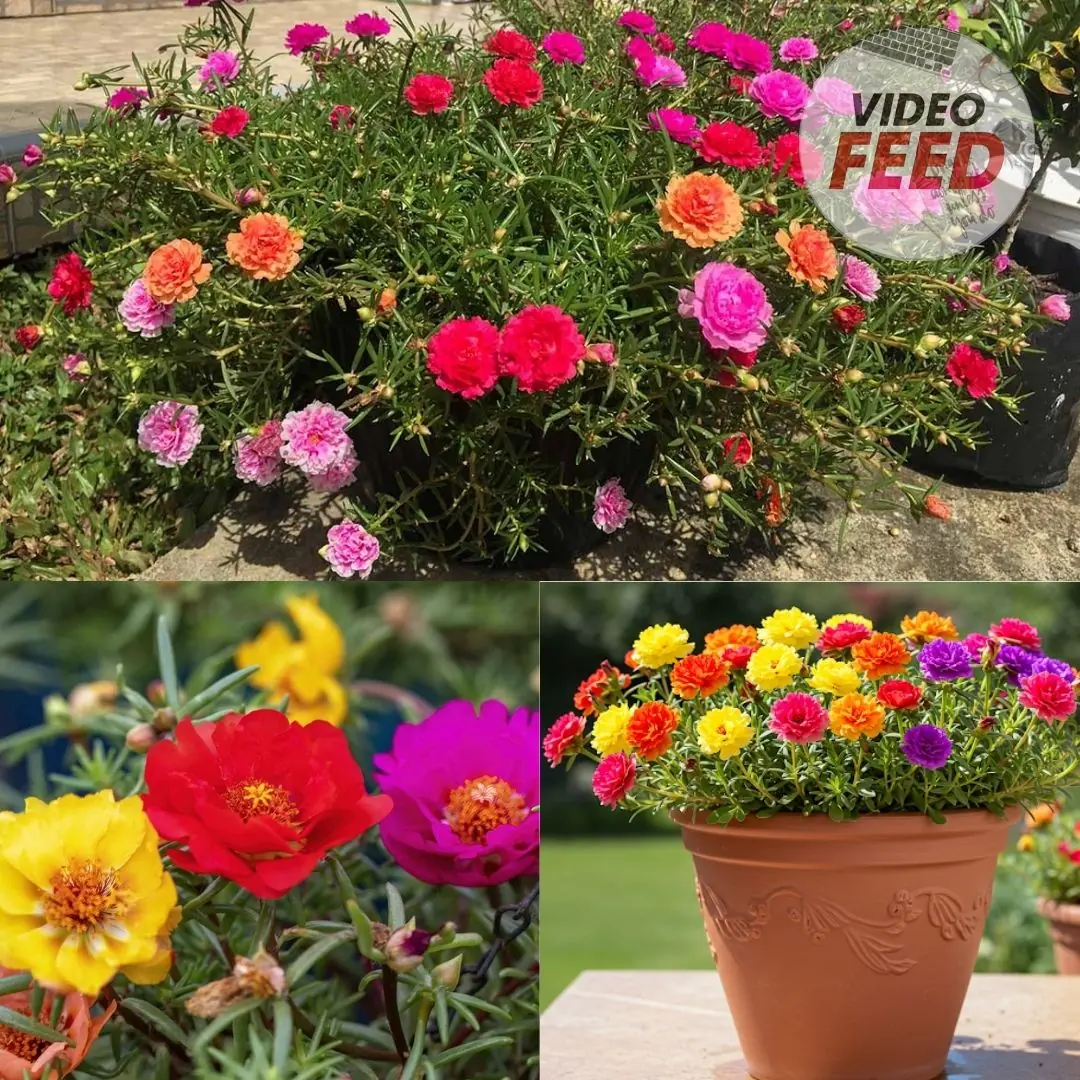
Portulaca in Pots: The Complete Guide to Growing Colorful & Drought-Tolerant Flowers Outdoors
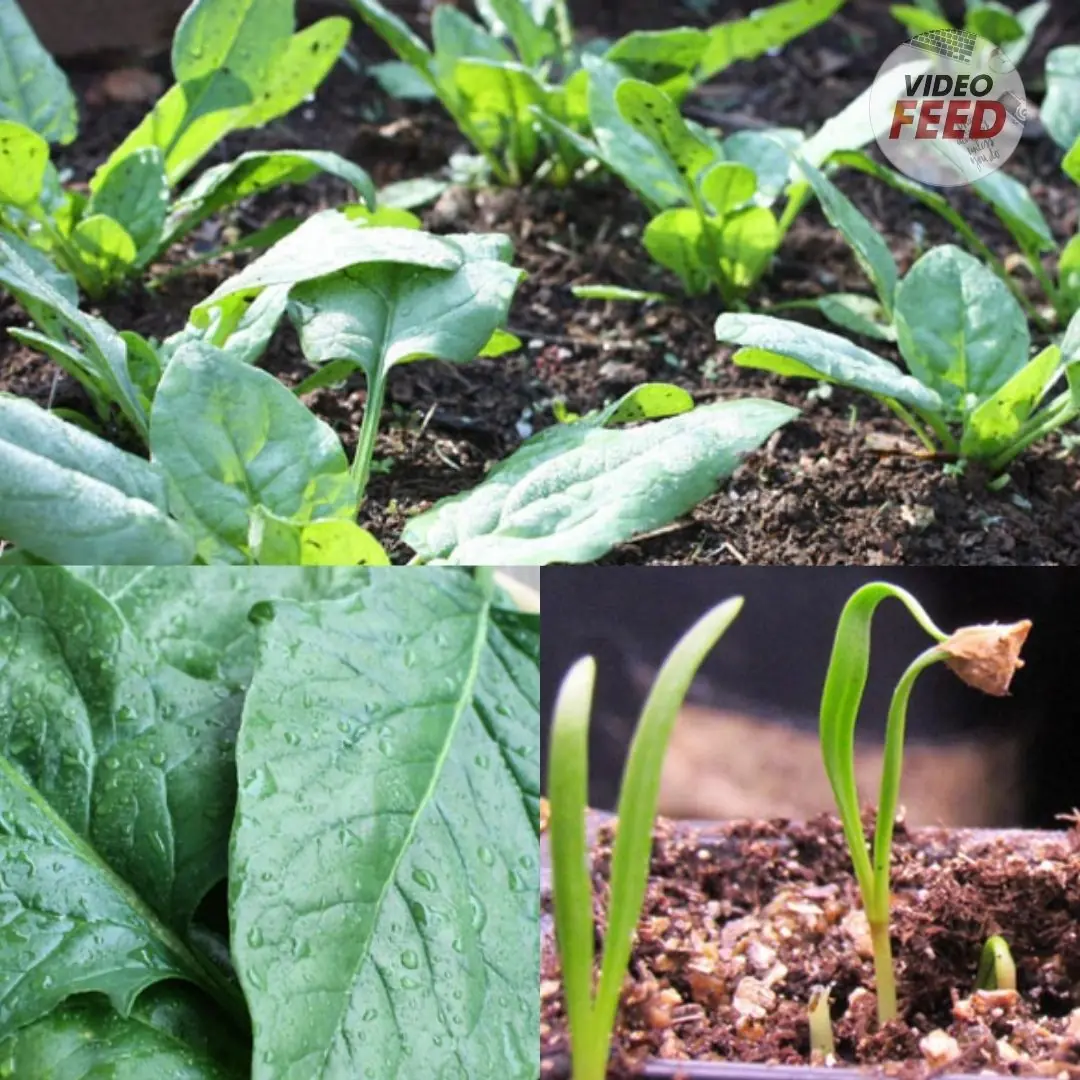
10 Tips for Growing Superb Spring Spinach

How to Make Rose Petal Lemonade – A Refreshing Homemade Drink
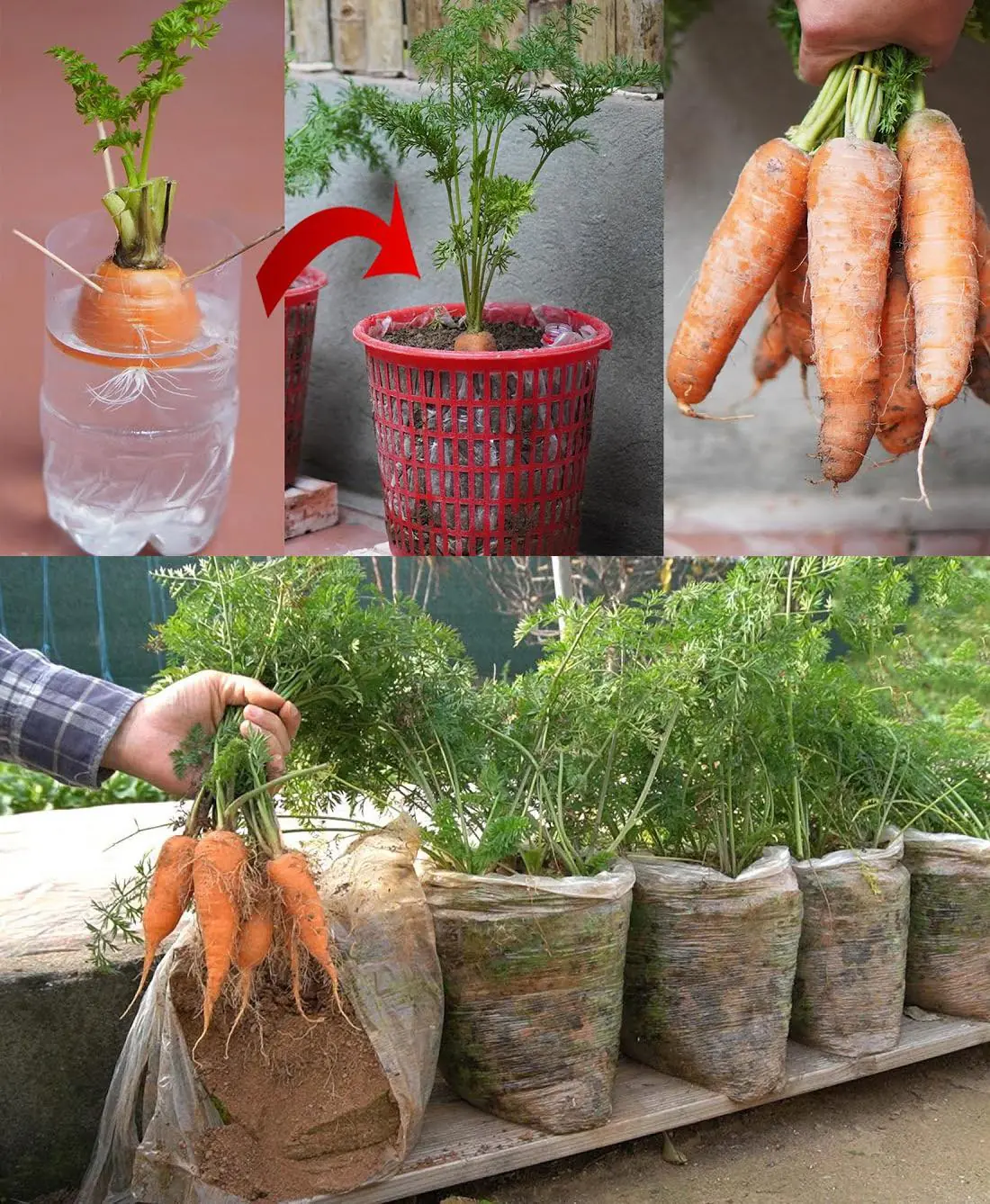
How to Grow Carrots at Home in Containers Starting with a Single Carrot
News Post
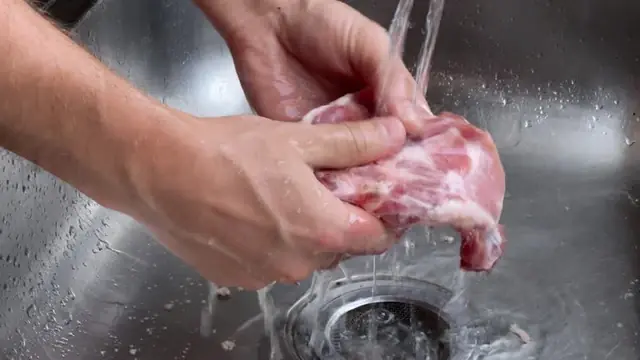
Should You Wash Meat and Fish Bought from the Supermarket?

How to Drink Dried Lotus Leaf Water Safely and Effectively to Lose Weight and Lower Blo.od Lipids

Drink This Tea, and You’ll Never Have Swollen Legs, Ankles, or Feet Again!

4 Types of Fish That Are Prone to Heavy Metal Contamination — Even Sellers Rarely Eat Them

Late-Stage Can.cer Discovered Thanks to… Snoring During Sleep: The Woman Cried, “I Don’t Want to Lose My Voice!”
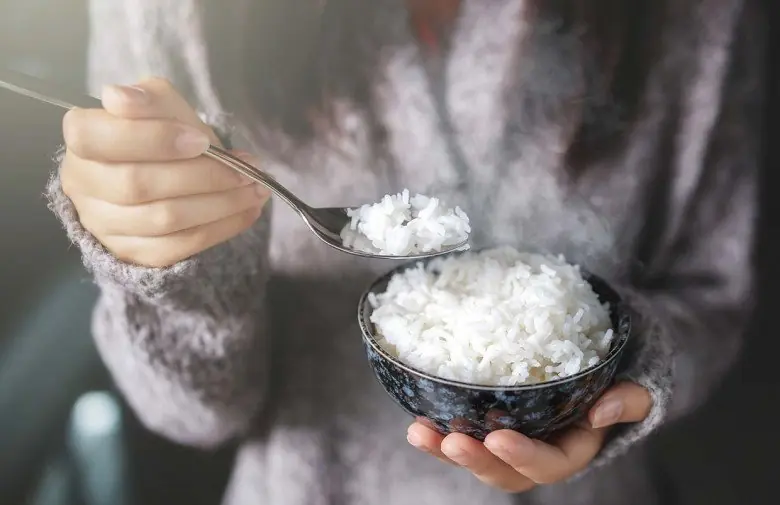
More and more people are dy.ing from diabetes. Doctors warn: In cold weather, it’s better to eat plain white rice than to keep doing these 4 things
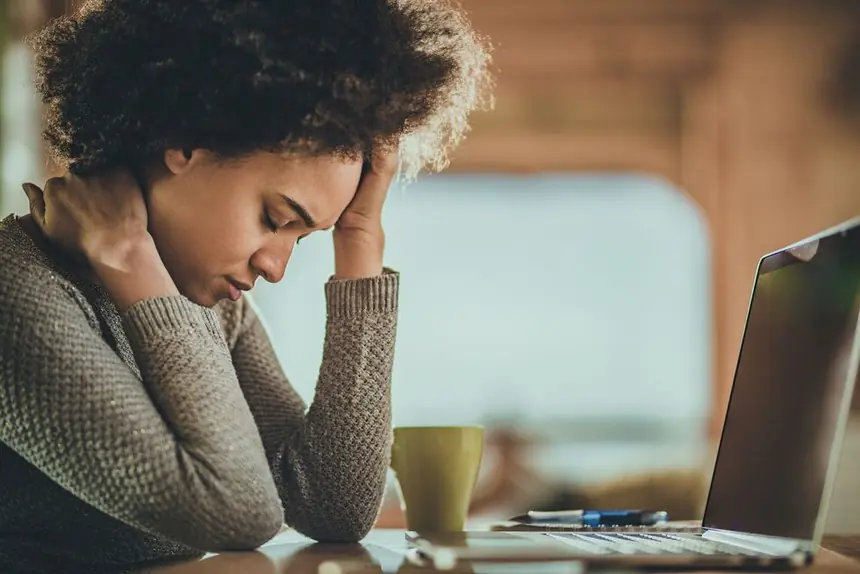
7 signs that you should stop drinking coffee

This One Superfood Could Tackle Major Health Issues—Here’s What You Need To Know

How to Treat H. Pylori (Helicobacter Pylori) Naturally Without Antibiotics

Depressing find at the bottom of the Mariana Trench is a warning to the world

From Causes to Cures: Everything You Need to Know About Fatty Liver

Electrical devices to unplug during storms, thunder, and lightning

4 Clear Signs That Appear 15 Minutes Before a Stroke: Call for Immediate Help

4 warning signs from the appendix, do not ignore!

8 Unusual Signs That May Indicate Cervical Can.cer

7 Powerful Exercises to Relieve Heel Pain and Treat Plantar Fasciitis Naturally

Scientists May Have Actually Found One Of The Causes Of Autism

Don’t go to sleep without taking this — 1 cup before bed clears excess sugar

3 Ways to Stop Acid Reflux Naturally
